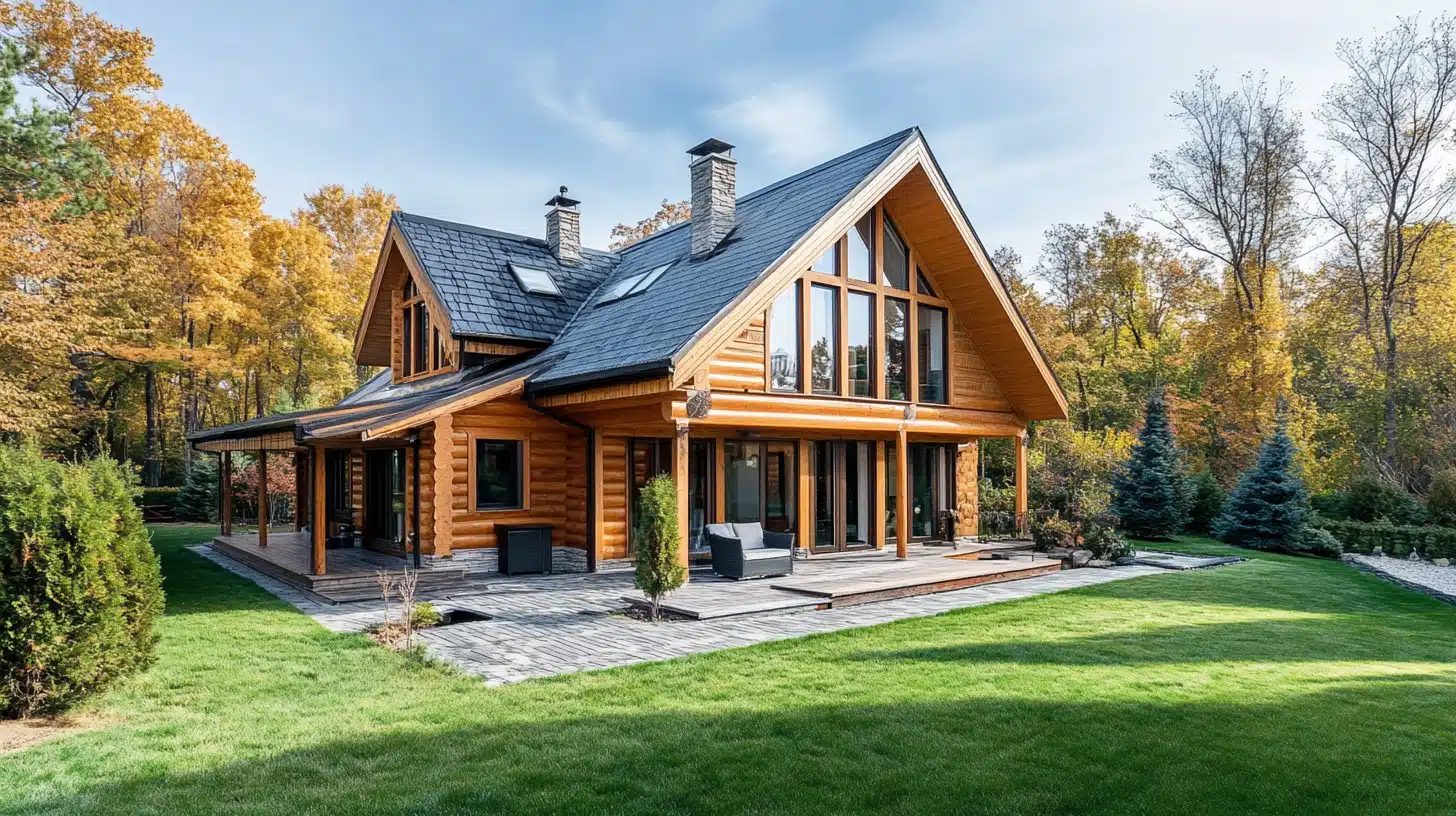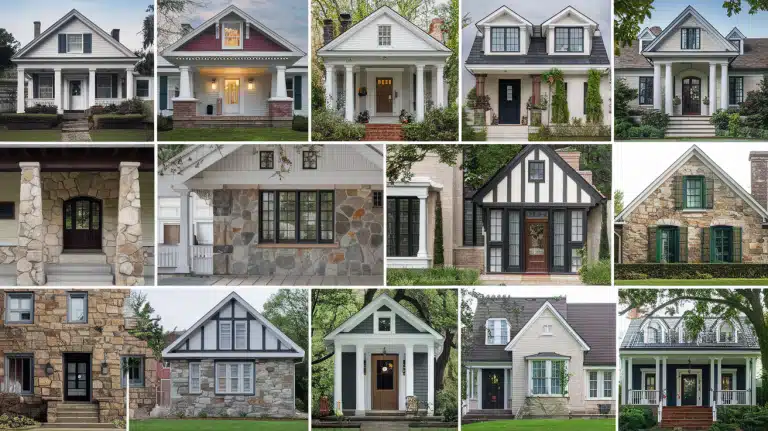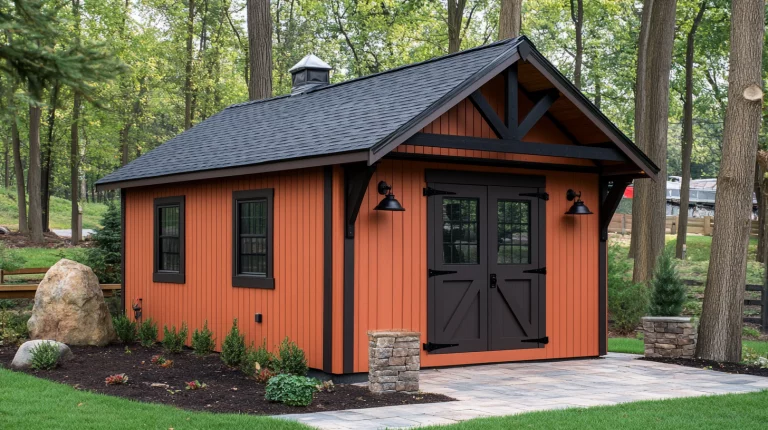Choosing the Right Materials for Your Property’s Exterior Design
If you’re making changes to the exterior of your property, your choice of materials can make a massive difference in the final outcome.
But knowing which materials to buy isn’t just a matter of listening to your instincts: you’ll also need to consider a range of considerations, including the nature of the existing property and any planning restrictions you might be expected to abide by.
Understanding Your Property’s Architectural Style
To begin with, you’ll need an idea of your property’s style. In most cases, it’s a good idea to stick with materials that match the original vision of the home – even if you’re extending it.
A Victorian house, for example, might incorporate brickwork that was available in the Victorian era – or, at least, that looks as though it could have been. This will help ensure that your exterior matches the character of the existing building rather than fighting against it.
Evaluating Material Durability and Maintenance
You’ll also need to consider the longevity of your chosen materials and the work involved in maintaining them.
A timber-clad building might look fantastic, but after a year, you may need to commit additional time, money, and other resources to make it look good again.
Considering Environmental Factors
A building that performs well in certain weather conditions will tend to suffer in others. In the UK, we enjoy a temperate climate – which is why you might not see the kinds of white stone buildings that line the Mediterranean.
Here, materials that can withstand unpredictable weather and constant moisture are advantageous. For this reason, fiber cement cladding boards are an increasingly popular choice.
Incorporating Sustainable and Eco-Friendly Options
For those with an environmental bent, certain materials might have a natural appeal. These might include materials that have been sourced responsibly or that don’t come with a large carbon footprint.
Recycled metal and reclaimed wood will effectively reduce the environmental impact of your project, and they could help you to save energy at the same time.
Enhancing Landscaping with Complementary Materials
The best home exteriors tend to integrate seamlessly with the surrounding area. Garden paths, walls, and other landscaping elements might be made from the same materials as the main building.
This can help give the entire structure a sense of coherence. The right stone bags, placed around borders and pathways, can help bring everything together.
Balancing Aesthetics with Practicality
Certain materials are undoubtedly beautiful. However, these aesthetic advantages must be weighed against practical considerations, like cost and ease of installation. For example, stone veneer tends to be a more viable, affordable alternative to real stone blocks.







